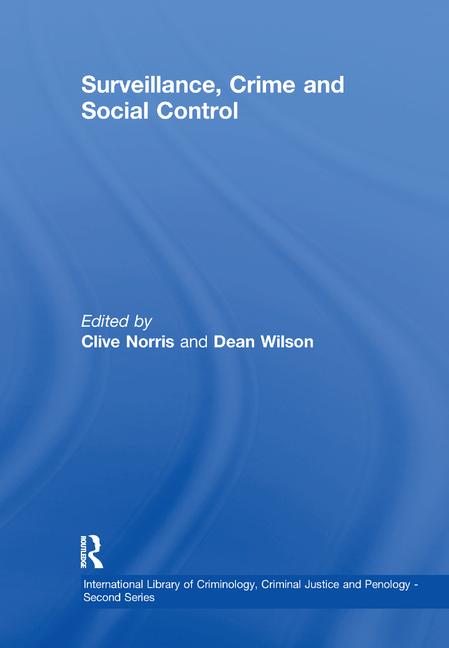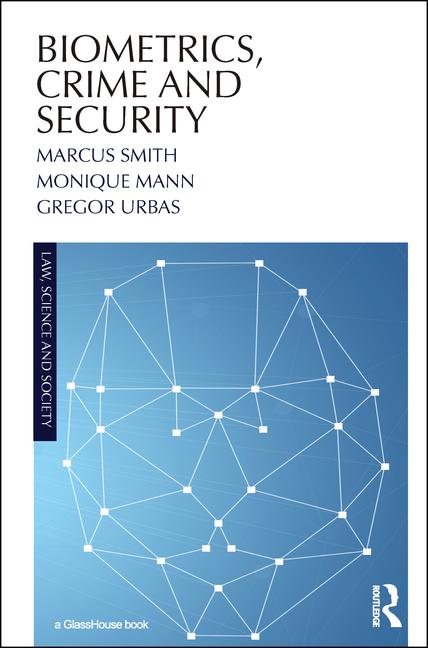Precious metals in the crime crosshairs: Trends and protection

Image via Unsplash
Precious metal theft has become rampant for public, private and government organizations. Some precious metals are relatively common — like copper, aluminum and steel — while others are more exotic, like palladium and rhodium. But the bottom line is this: they all have prices, which makes them vulnerable to theft by criminals who seek to monetize stolen precious metals.
Most precious metals are fairly obvious — for example, it’s long been known that copper is a commonly stolen metal. It is also ubiquitous, so thieves may be so brazen as to steal copper wire from live electrical grids and cause widespread power outages. Catalytic converters from automobiles are another highly publicized source of precious metals. They contain platinum, palladium and rhodium, all of which can return a high price. There are also metals that people don’t think of as “precious” that can fetch a pretty price: aluminum components, stainless steel and just about any fabricated metal.
How do thieves monetize all this stolen metal? Mostly they trade it in for money at scrap yards and recycling centers that do not check the ID of the person selling them the metal. There is legislation to combat this practice, but criminals know which organizations don’t check IDs and they use them to monetize their ill-gotten precious metals. They also will cash in at multiple facilities to avoid detection.
Scrap yards and recycling centers tend to store precious metals until they achieve “critical mass” to process them. This means they tend to have large amounts of unrecycled metals on hand, which causes they themselves to become targets.
Trends fueling the crime spree
There are a number of trends that have caused the precious metals scourge. As mentioned earlier, the most common traditional reason is also valid today: the price metals can fetch on the open market. It stands to reason that criminals see more risk/reward from a stolen metal that commands a high price than those that don’t.
Metals prices have soared since the pandemic and still are high when compared to historical norms. This has fueled the current crime spree, which includes stealing metal antennas from cell phone stations, aluminum and other components off construction sites, copper from electrical companies, and even the recent report of a thief stealing metal plaques from a New York City cemetery.
The electrification of society is another trend that is causing an upswing in metals theft. The construction of facilities to expand the power grid to meet the demands of electrification has become a major source of copper and other metals for thieves. They are also attacking live grids and causing power outages by stealing the copper wire that normally delivers electricity to customers.
Another common target is catalytic converters. It only takes two minutes for someone to duck under a car and saw off the catalytic converter, which contains precious metals such as platinum, palladium and rhodium. The move to electrical vehicles (EVs) may seem like a cure for this, since they don’t use catalytic converters, but EVs have their own expensive components to attract thieves, including charging cables, which are rich in copper.
Add it all up, and precious metals theft causes billions of dollars in damage each year. There are not only the damages incurred by replacing the metal itself, but also the costs of service delays and installing a replacement part — and in the case of cell phone tower antennas, electrical grids, or EV charging stations, the replacement needs to be done as quickly as possible, which is expensive.
Protecting precious metals
Organizations need to realize that their precious metals are at risk and protect them as they would other critical equipment. This is easier said than done, because metals may be in areas that are difficult to secure, like construction or mobile worksites. Or they might be in fixed locations like scrapyards, auto dealerships or parking lots. And, in many cases, the metal is already deployed and in use, like in power grids or buildings.
In any case, the first step for an organization is to take inventory of where precious metals are. Once this is accomplished, organizations can determine which precious metal components would cause the most damage, delays and disruption if stolen.
Once this has been determined, deploying active security can make it much more difficult for criminals to practice their trade. Traditional security cameras are only reactive and are not intended to stop crime. They are fine at providing evidence after the fact for insurance claims and police reports. But this is of little comfort to customers — all they know is they can’t access the cell tower, or get electricity over the grid, or charge their EV, etc.
To avoid service disruptions, project delays and to reduce costs, active security is the preferred solution. This enables crime to be stopped before it happens. It traditionally has been achieved by hiring security guards — but they tend to be quite expensive, post-pandemic staffing problems are rampant and a guard can only be in one place at a time, so multiple guards have to be hired for large facilities.
An alternative solution is available by using remote video monitoring (RVM) services to provide active security. They use surveillance cameras as “sensors” that send the video feed back to a security operations center where, once a criminal is identified, virtual security guards can trigger local deterrents to scare criminals away. These deterrents are usually speakers issuing pre-recorded messages to get off the premises, along with strobe lights. Both let criminals know they have been detected and are being watched. This serves to actually stop crime before it happens, saving the would-be victim large costs from crime damage, as well as preserving revenue from outages and delays that would otherwise have occurred. These solutions are also available in mobile units that require no electricity or internet connectivity, so they can be used in temporary environments or other remote, hard-to-secure areas.
Precious metals are under criminal assault, and it is up to their owners to protect them. One of the reasons for the crime spree is that they are rarely protected by security, because it doesn’t occur to organizations that they often have precious metals making up their most important assets.
By taking the same steps they would with other valuable items, organizations can protect precious metals and avoid becoming a victim.
Looking for a reprint of this article?
From high-res PDFs to custom plaques, order your copy today!









